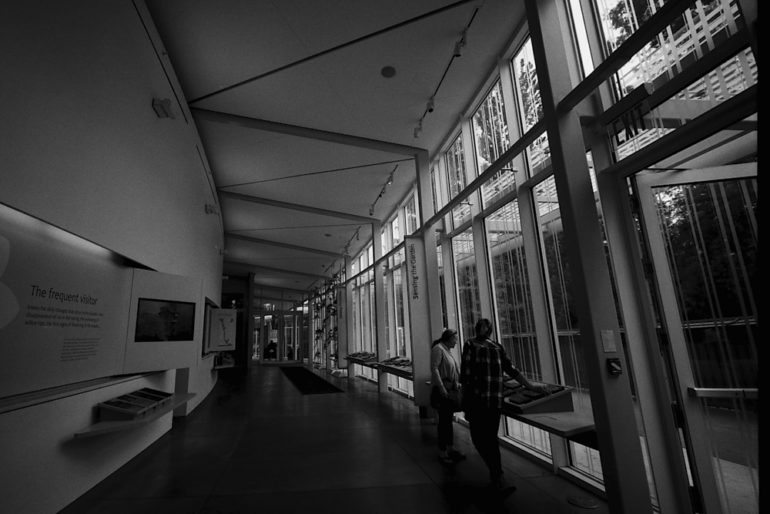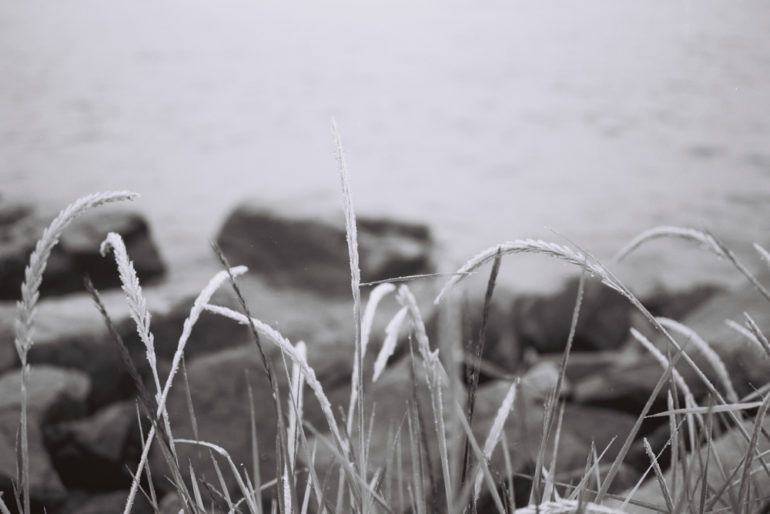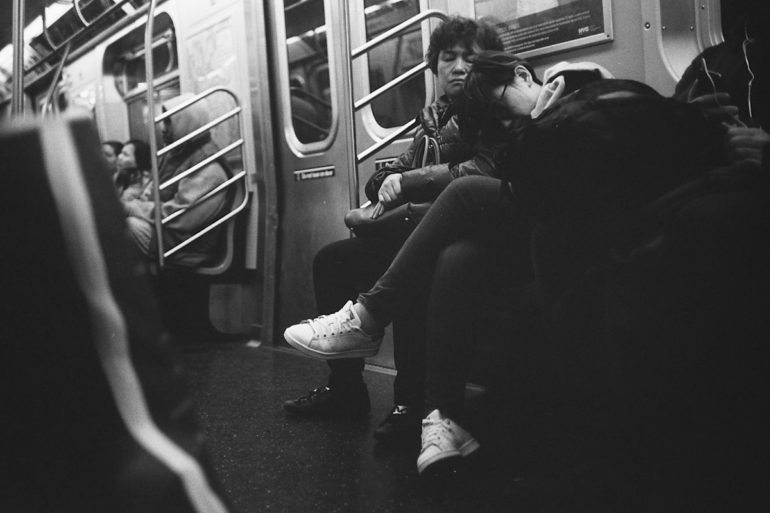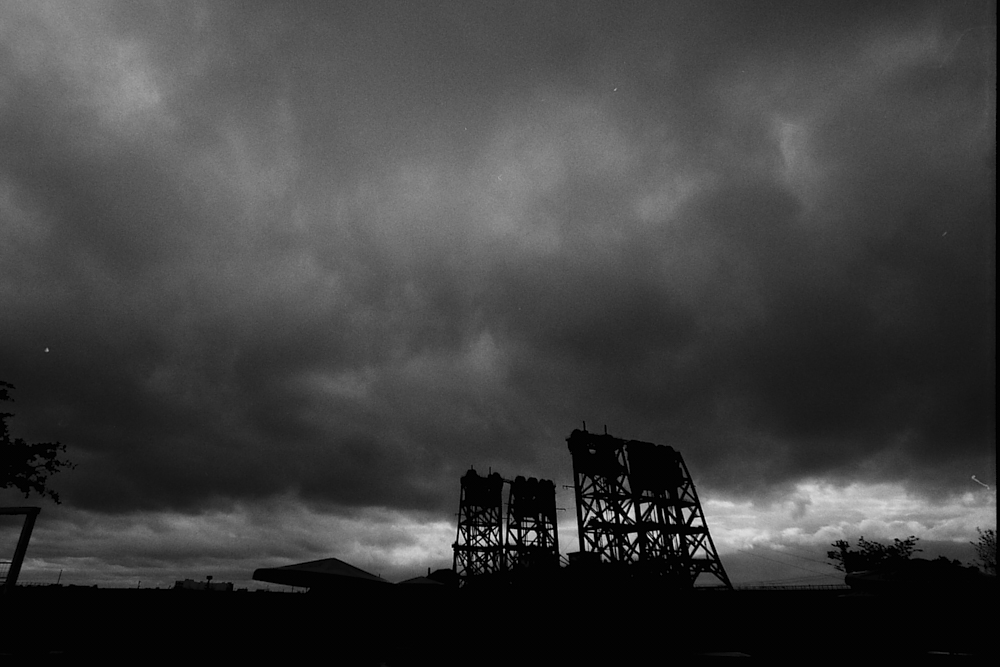Last Updated on 07/16/2017 by Chris Gampat
Film photography is highly valued for the certain sense of softness it can deliver vs digital. But under the right circumstances, black and white film can be used to create and capture photos that are incredibly sharp. In fact, they can easily rival what digital is capable of. Believe it or not, lots of the methods that one uses for digital photography to make a sharp photo can easily be applied to film. So if you’re looking to get some of the sharpest photos you’ve ever shot, check out these four fantastic film emulsions.
Ilford Delta 100

Kodak T-Max 400

On our premium publication, La Noir Image, we spent an entire month dedicated the Kodak T-Max 400. I recommend that you subscribe. It includes interview with folks over at Kodak who explain how the film works.
Fujifilm Acros 100

And if you’re interested in more, you can check out our review of the film right here.
Japan Camera Hunter Street Pan 400



